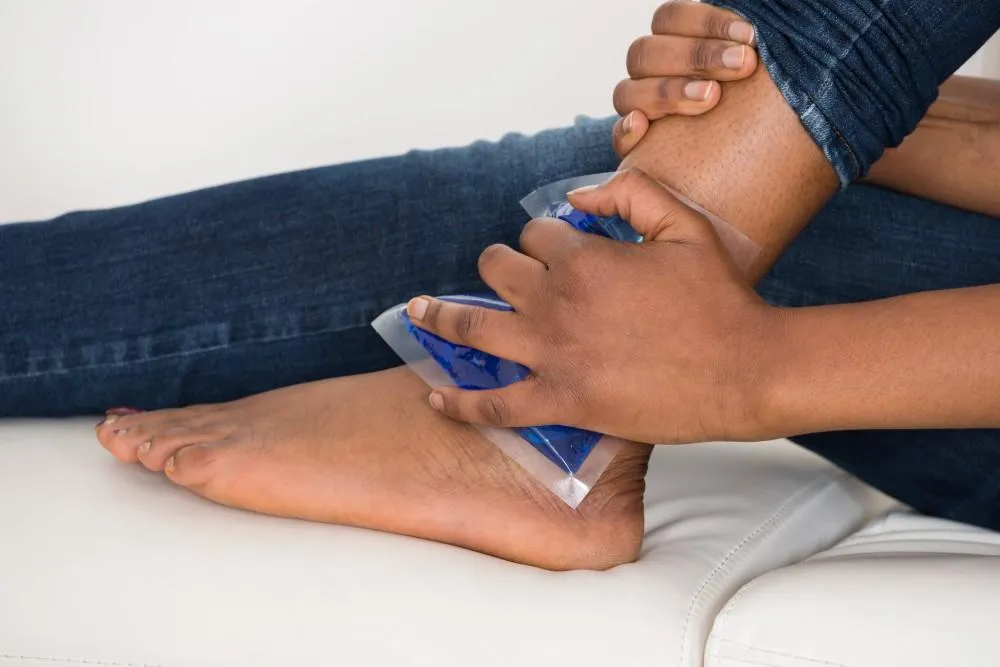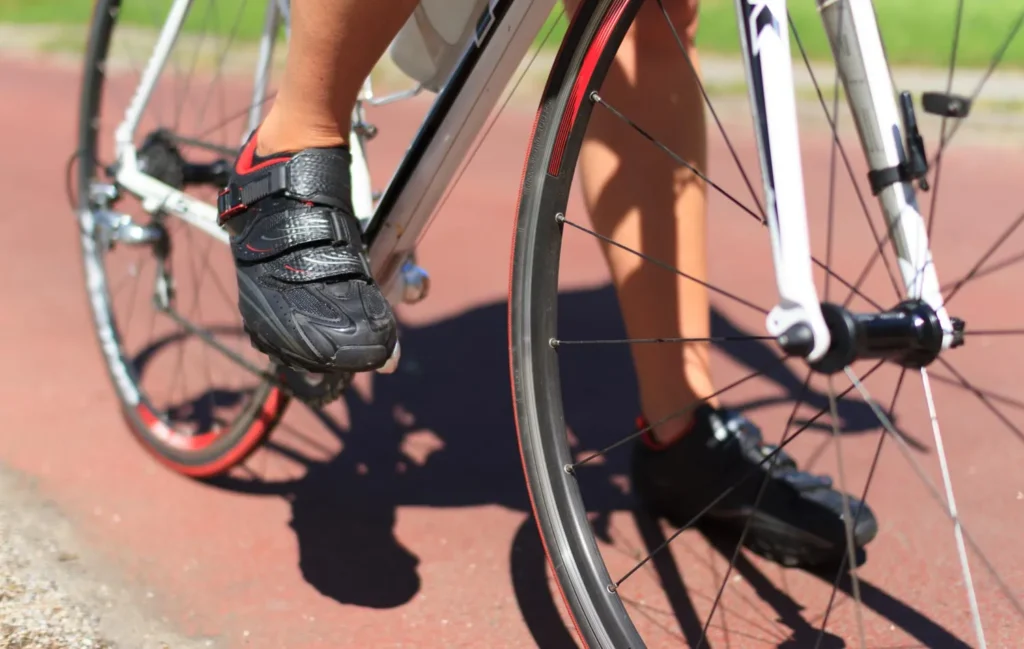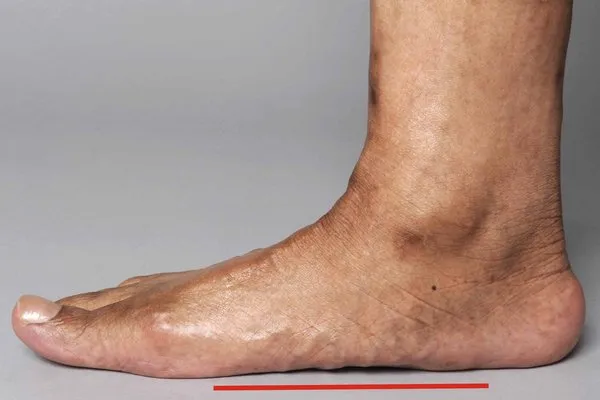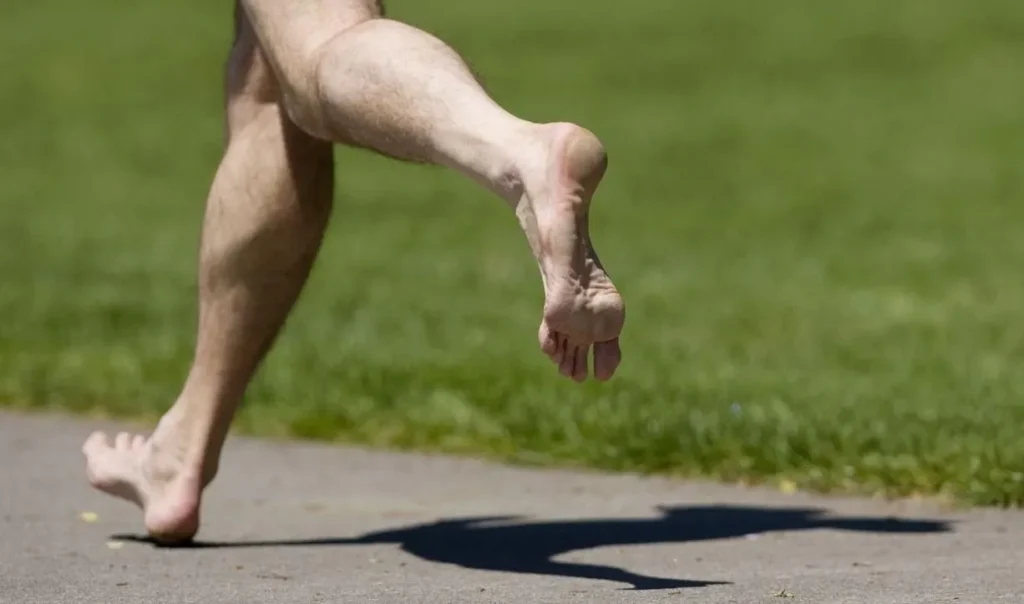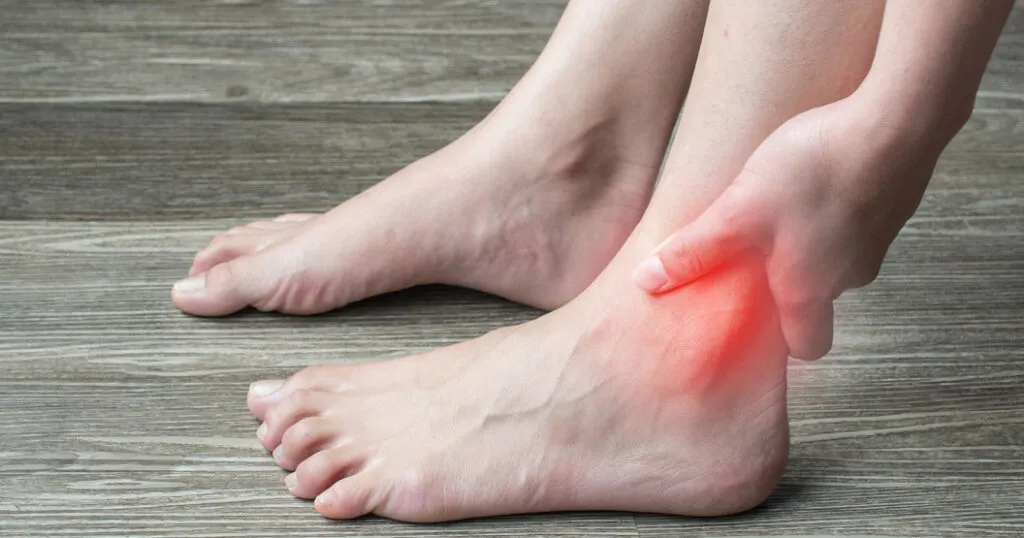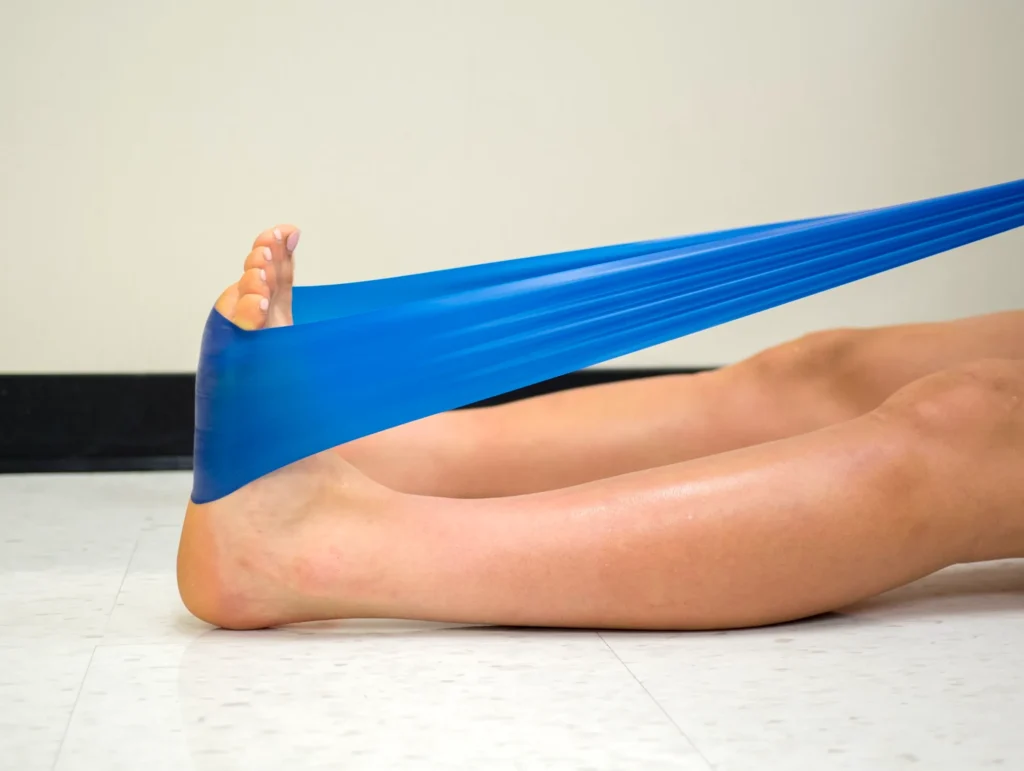
Like any pain in the lower extremities, ankle pain can be debilitating and difficult to treat. The root cause of ankle pain can come in many forms—sprains, arthritis, gout, pseudogout, and infection. Understanding the cause of your ankle pain can be a great asset in finding optimal treatment for your pain. If left untreated, ankle pain can become chronic and may result in the development of other forms of severe foot pain.
Common Causes of Ankle Pain
Sprains occur when small tears in the ligament appear usually due to the twisting of the ankle. These injuries often take several weeks to heal, but with an effective program in place, the ankle can fully heal with no residual effects.
In the case of gout, the body produces an excess of uric acid, causing the formation of crystals in joints when the acid is not fully disposed of in an individual’s urine. The result is ankle pain and is usually marked by redness and swelling.
How to Treat and Care for Ankle Pain
- Rest is crucial to healing. Allow the pain and irritation to subside by staying off of the affected ankle for several days.
- When ambulation is necessary, take precautions to support the ankle with an ankle wrap, brace, or crutches.
- Swelling can be addressed by ice packs, elevating the foot, or pain relievers such as acetaminophen and ibuprofen.
- Don’t be fooled when the pain becomes less intense. In the case of a sprain, it is recommended that the individual keep pressure off the identified ankle for a minimum of 10 days and a maximum of five weeks for severe situations.
- Once a physician gives the go-ahead, exercise is effective for strengthening the ankle to avoid future injury.
Other Concerns
A physician should be contacted if:
- ankle pain persists in a severe way when there is no weight-bearing activity occurring
- an audible popping noise is present in the joint
- swelling is not diminished within a few days
- the ankle become red or warm, or if the individual has a fever greater than 100 °F
If you’ve had an ankle injury in the past, you are at an increased risk of hurting it again. Be cognizant of any developing pain and try being proactive about preventing ankle pain by wearing sturdy shoes and taking care of your feet.
